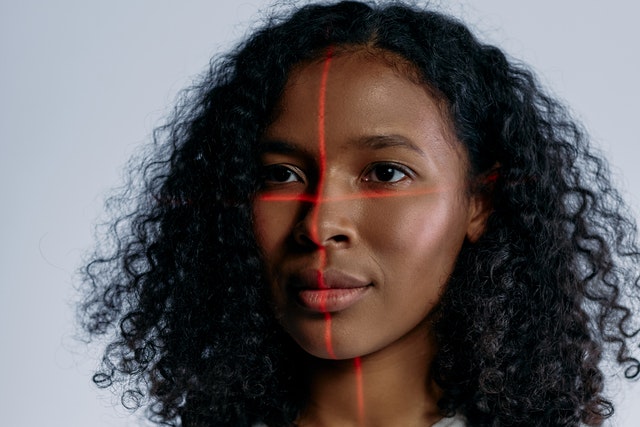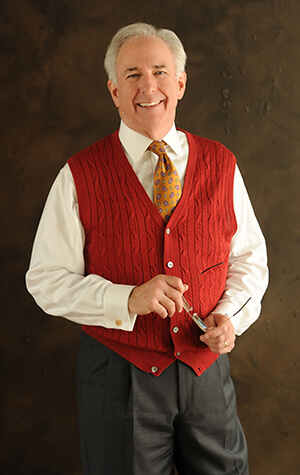When she sat in my office, I could not stop translating her face. The raised eyebrow was saying one thing but the upturned, impish mouth another. What I first sensed was a tough conversation soon turned into one of the most delightful visits of the day.
How do you translate faces?
Being with others triggers a primordial, original version of facial recognition software. Some time back, I reunited with a couple in an airport whom I had not seen in over a decade. I knew their faces immediately. Within maybe 30 seconds, I remembered the husband’s first and last name. Eventually, I confessed a lapse in memory, looked at the wife, and said, “Forgive me, but remind me of your name.” She did, we all smiled, parted with hugs, and warm memories from years back were rekindled and celebrated. Their faces connected with a memory long before their names and our shared past.
What are your client’s faces telling you?
Advisors who learn to read faces have the edge over the rest of us. They notice the upturned cheek or the downward glance, the twinkle in the eye, the slight nod of the jaw, the raised eyebrow, and the confused posture. Faces often convey more than words—far more!
What is your face telling others?
Every person who sees you—in person, Zoom, across a room—is reading your face from moment one. To state the obvious, how you trigger your unique facial personality is critical. Imagine you are meeting with a client for a review. You mention that a now-forgotten 5% municipal bond will be called in 30 days. Immediately, you notice the client’s eyes fall just a bit as the head drops ever so slightly. You want to share your very cool idea, but her eyes and head are telling you to slow down and ask a more vital question.
“Mary, I could not help but notice your response when hearing this bond is about to be called. I have an idea to replace that income, but something else is going on. Would you be comfortable talking about it?” What you learn is that the woman sitting in front, over the last three weeks, has taken in all the bad news she can handle. Her sister who lives 400 miles away has just been diagnosed with diabetes, her entire AC system at her home was struck by lightning, and a close friend lost his battle with Parkinson’s and was buried the day before.
Mary’s face told you to change gears, delay the next investment idea and all the money talk, and focus solely and compassionately on the person in front of you.
On more days than we imagine in more conversations we can number, all of us—advisors and clients—are sending messages through our faces. Learning to read faces well will not only strengthen your bonds with clients but will take you to a place of self-awareness that could be transformative.



 Dr. Tim Owings is the preeminent authority for care-centric client engagement in the service-oriented industries of finance, accounting, law, insurance, and human resource management.
Dr. Tim Owings is the preeminent authority for care-centric client engagement in the service-oriented industries of finance, accounting, law, insurance, and human resource management.